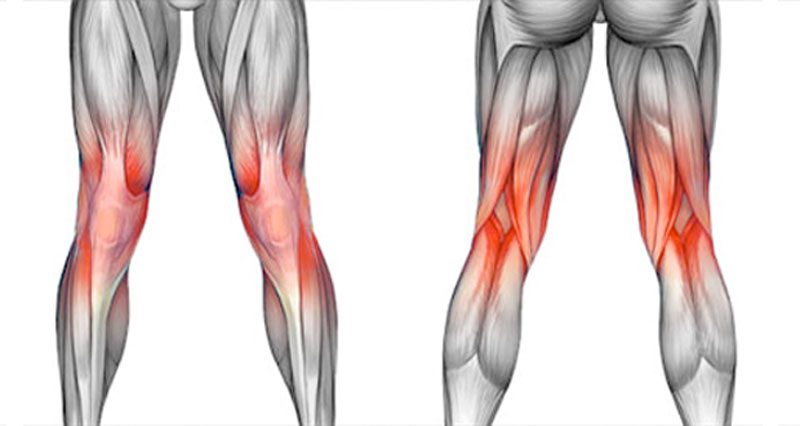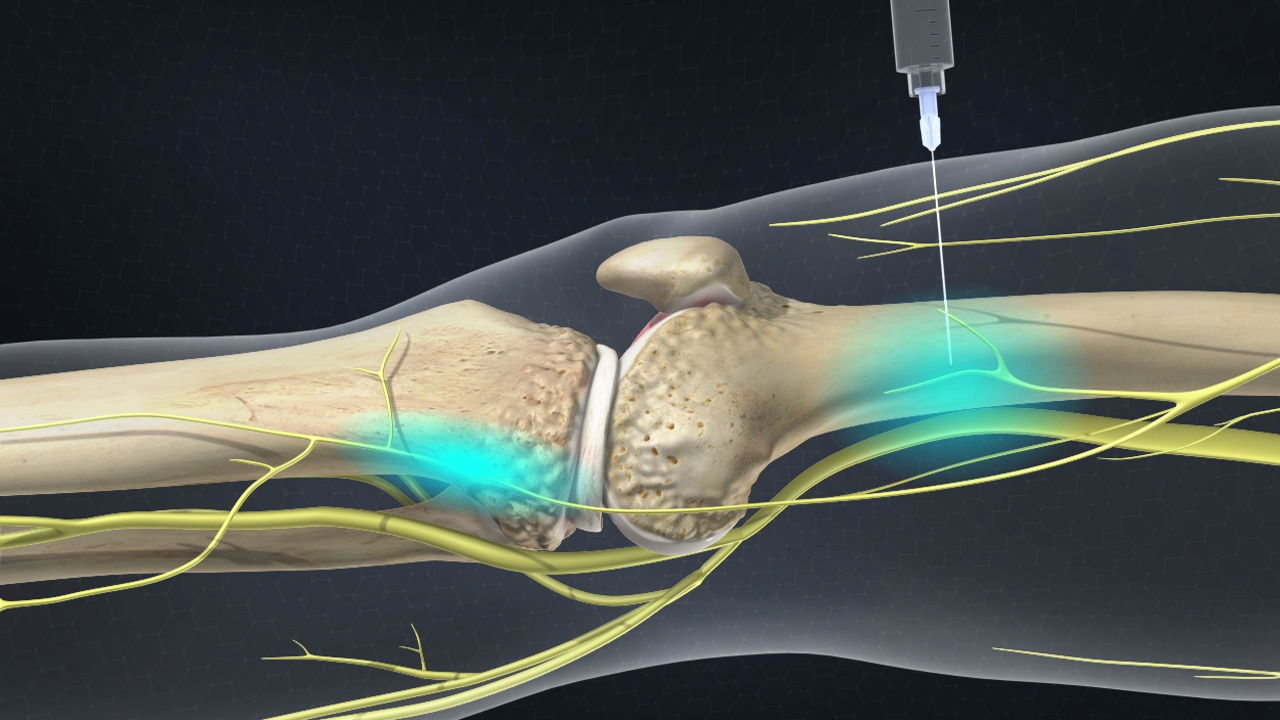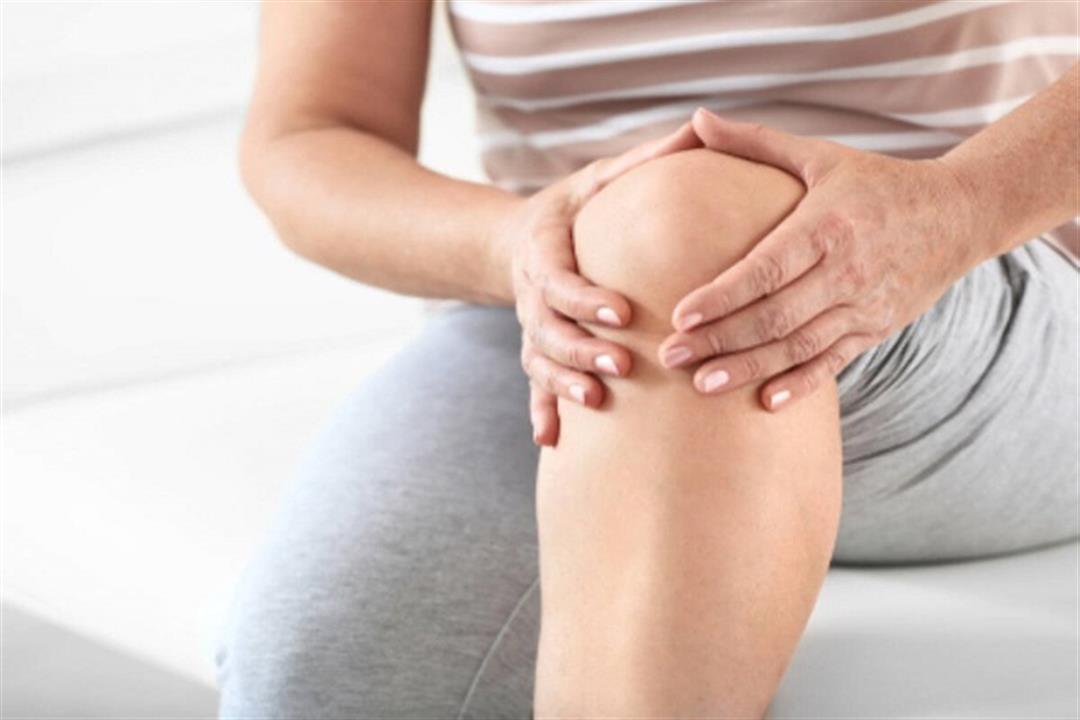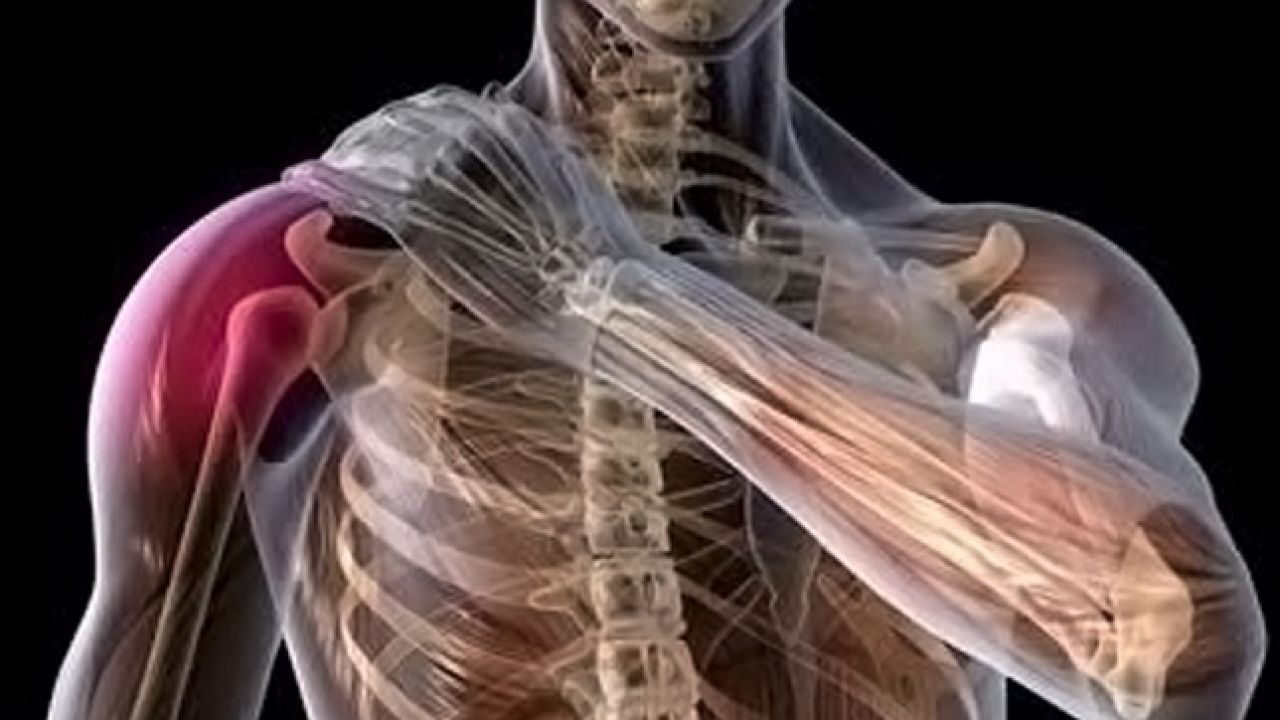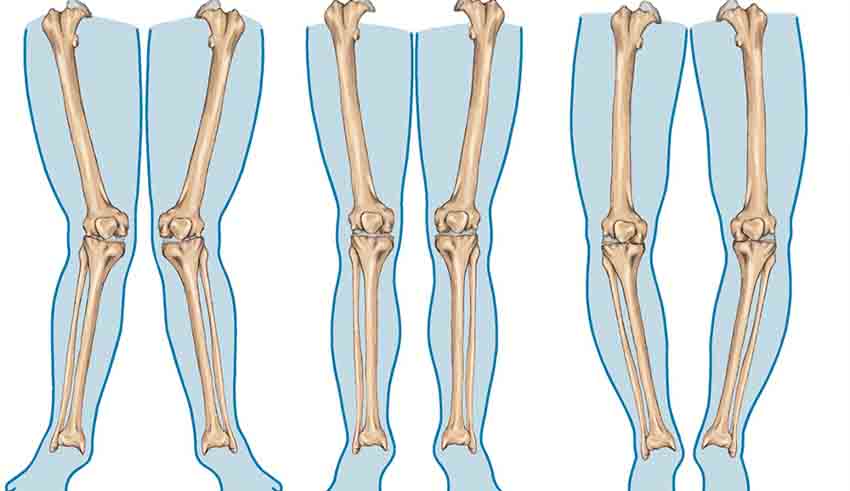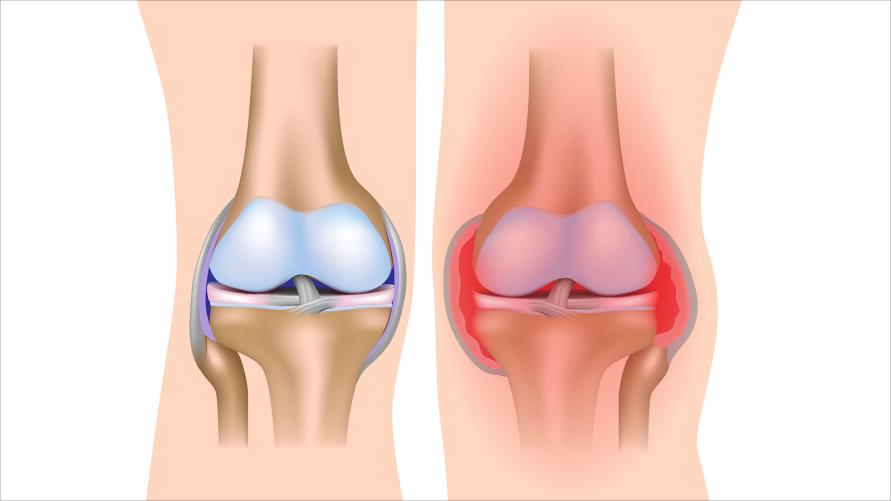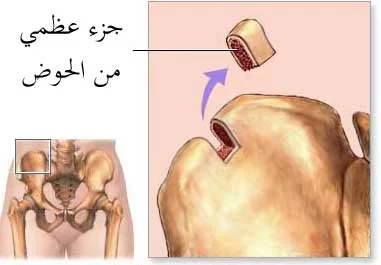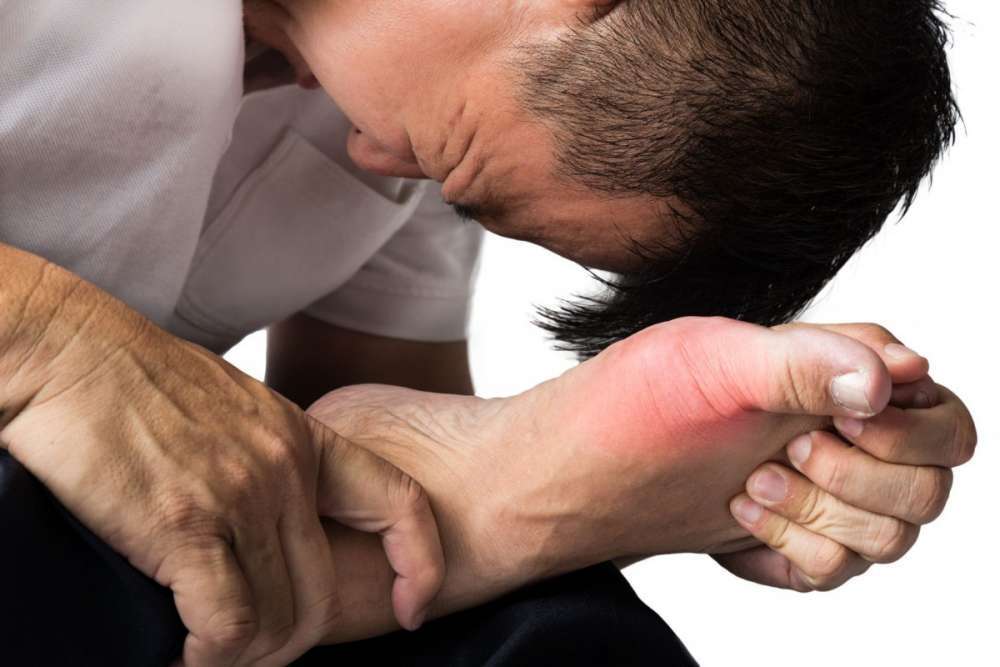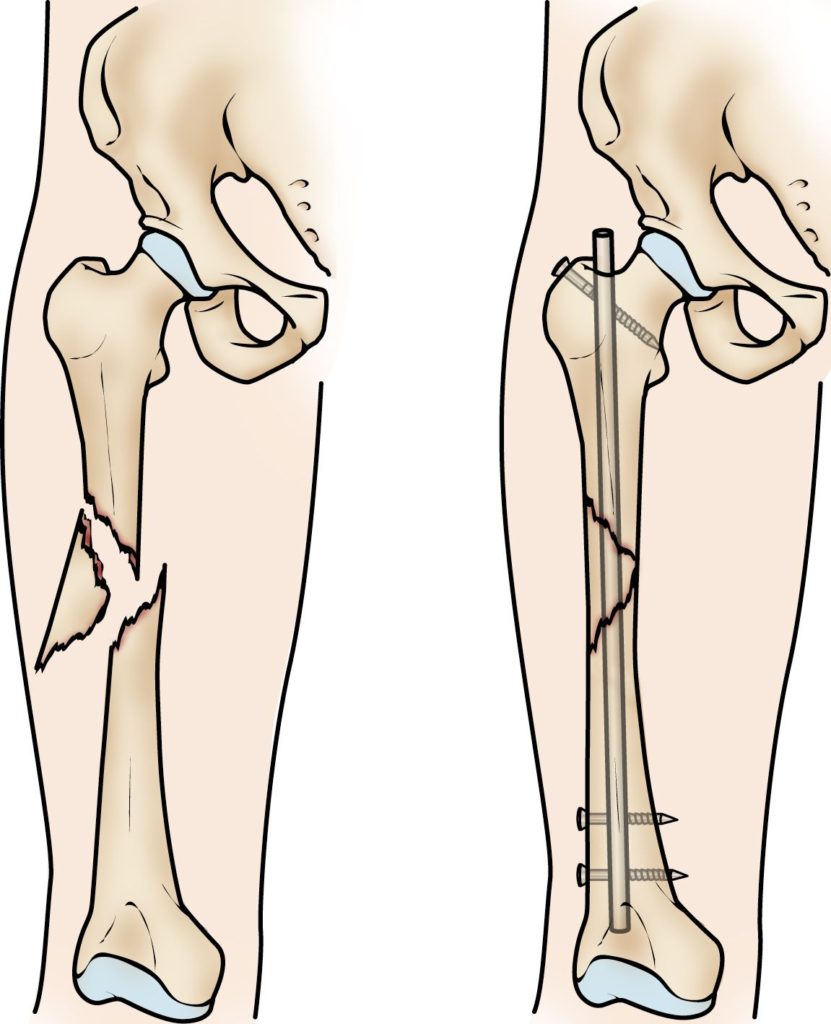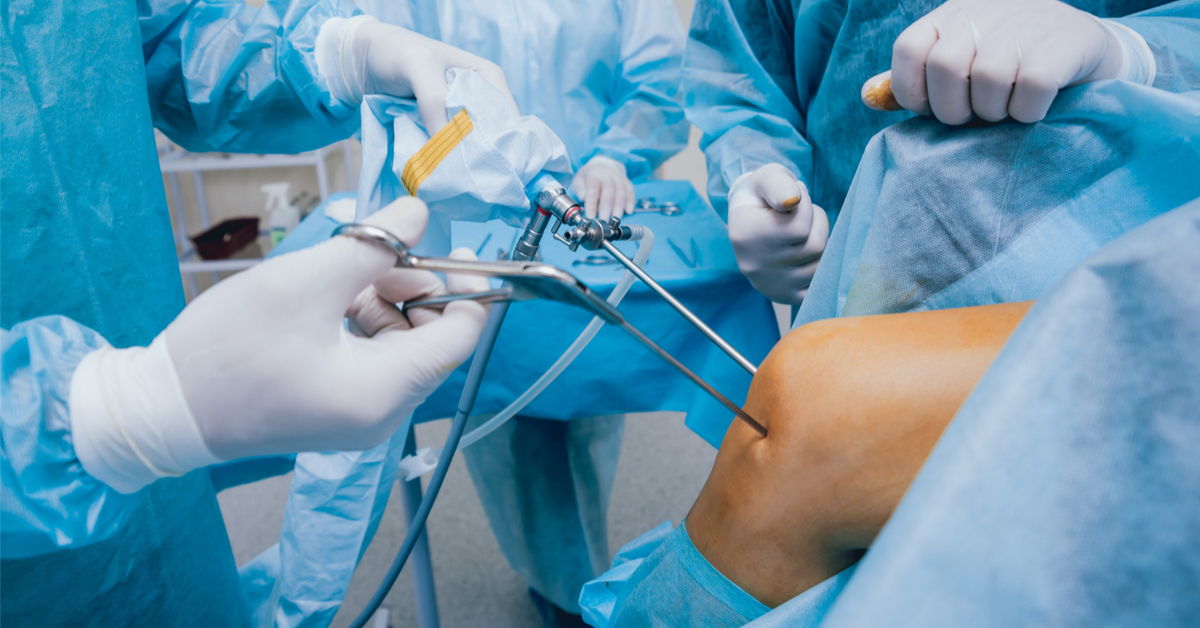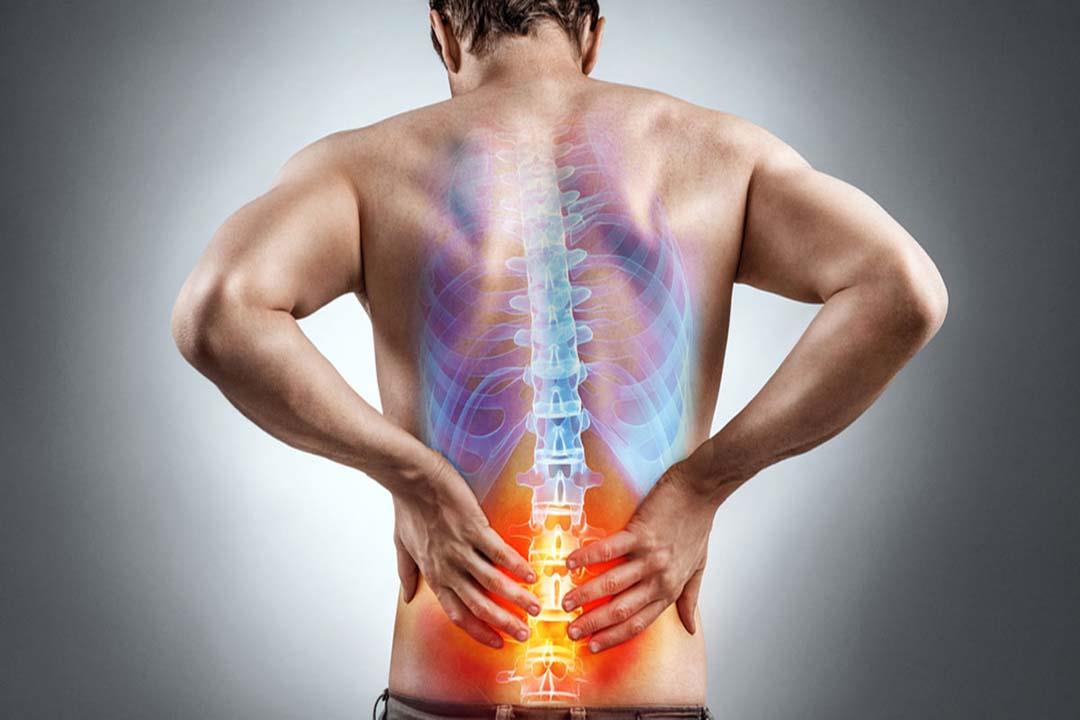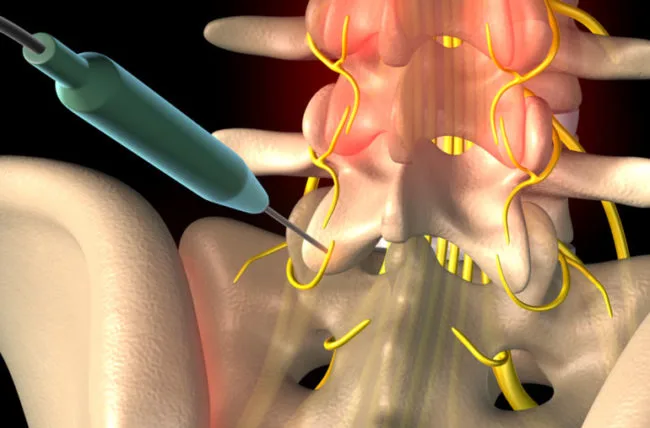What is the treatment of knee bone friction?
There are different types of joint diseases, including knee osteoarthritis, which we will learn about in detail in the following article.
How do I deal with knee friction?
In the beginning, knee friction should be defined, which is one of the joint diseases caused by cartilage atrophy, or as it is called joint lining, which helps the joint to perform its function normally and gives the possibility for the bones to slide and move normally, which helps the person to practice the activities freely.
When the cartilage lining the knee is exposed to erosion, it becomes unable to perform its vital function, and thus the person is exposed to knee friction (arthritis), which results in many symptoms, the most important of which is severe knee pain and limitation of the range of motion.
Causes of knee friction
More than one factor can affect knee friction, and the extent of exposure affects the injured person, and the main causes of knee friction include the following:
- Overweight: Obesity can be one of the risk factors for knee osteoarthritis as a result of pressure on the body and severe knee pain.
- Old age: The elderly are exposed to more than one type of inflammation, in addition to symptoms of roughness and cartilage damage, and thus the person feels friction in the knee and increases its pain.
- Genetic history: The affected person may be at risk of knee rubbing or osteoarthritis due to the presence of people with the same disease in the family.
- Congenital malformations: Some malformations of the knee can cause a frictional injury due to the roughness in which it occurs.
How is a knee flexure diagnosed?
There are medical methods used to diagnose knee friction and determine the main cause of it so that the prescribed treatment is effective and the person can reach a speedy recovery, the diagnostic methods include the following:
- The clinical diagnosis that the doctor usually performs is to determine the extent of the affected knee and to know the symptoms that occur to the injured person.
- X-rays can be used to determine the condition of the bones and the effect of friction on them.
- The doctor can take a sample of the joint fluid to find out what infection or inflammation has occurred in the knee and what it is.
- Using the endoscope to know the condition of the patient and the joint and the extent of damage that occurred in the cartilage and tendons in the knee.
What are the symptoms of knee friction?
Some signs indicate the presence of knee friction, which hinders the natural movement of a person and increases the pain in the knee in general. Here are some symptoms of knee friction as follows:
- The person begins to feel pain in the knee, especially when moving.
- The patient may feel stiffness in the joint and difficulty moving it.
- Hearing a crackling sound in the knee and working to increase the feeling of pain in the joint.
- The appearance of swelling in the knee due to the inflammation that affected it.
- Limiting the range of motion that may affect a person’s activities, especially if he is an athlete.
What are the causes of knee friction?
What is the cause of knee friction? Several reasons may affect a person’s knee roughness and increase the chances of exposure to joint friction, which results in severe and very disturbing pain for the patient, and here are some of the causes of knee friction:
- Knee roughness.
- Having some types of arthritis.
- Exposure to an accident or fractures.
- overweight.
- Having a genetic history of the disease.
- The presence of congenital defects in the patient.
- severe stress to the knee;
- The sex of the patient, because men are more susceptible to it than men.
Prevention of knee friction
A person can protect himself from exposure to knee friction and the symptoms that accompany it through some tips that doctors have explained, namely:
- Work on exercising regularly.
- A person can get an integrated diet that contains important elements, including proteins and minerals that help strengthen cartilage.
- Reducing weight reduces the pressure placed on the knee, which affects the seismic membrane in it.
- Don’t stress the knee too much, especially if you’re an athlete.
- Do periodic examinations to find out the condition of the knee, especially if you have a genetic history of the disease in the family.
Can knee friction be cured?
There are many ways to heal and recover from knee friction, but early detection of the injury and its underlying cause increases the possibility of getting rid of knee friction, and doctors suggest that the necessary examinations be performed before starting any treatment program, which makes there a possibility of early recovery.
What is the treatment of knee bone friction?
Early treatment of knee friction is considered one of the most important reasons that help in obtaining the desired result from treatment, doctors advise the appropriate treatment according to the person’s medical condition and the extent to which the cartilage and bones are affected by friction.
Here are the types of knee bone friction treatment:
- Conservative treatment: The injured person can follow some instructions, including using water compressors and getting more rest, while taking care not to stress the knee too hard.
- Physiotherapy: One of the most important methods of treatment in joint diseases due to the strength it provides to the muscles and improves the blood circulation that reaches the joint, which makes the patient feel better and reduces pain.
- Pharmaceutical treatment: There are some medications responsible for treating knee friction, including painkillers, anti-inflammatory drugs, and injections that help provide the joint with flexibility and increase the ability of the knee to do its job well.
- Surgical treatment: This type of treatment is used in severe disease cases that are exposed to painful knee friction, which has narrowed the person’s range of motion.
Knee friction treatment with natural herbs
Herbal treatment is one of the methods used to improve the health of the knee and reduce friction with it, which helps to get rid of severe pain caused by cartilage erosion, which exposes the knee bones to atrophy and the appearance of bony protrusions on them, which increases the severity of pain.
Herbs can help the patient with knee friction to recover, and it is important to point out that natural products help the person to recover, but they are not a treatment in themselves, and therefore a specialist doctor must follow up while using natural herbs in treatment.
The treatment of knee joint friction is as follows:
- Turmeric: Turmeric contains curcumin, which works to reduce the pain that a person feels and thus feels a great improvement, and this period helps in calming the nerves, which limits the transmission of the feeling of pain to the brain.
- Aloe Vera: This herb is used to reduce the pain in the knee as a result of friction, so it increases the person’s ability to move.
- Olive oil: It is considered one of the most popular types of oils in the treatment of arthritis, which makes it effective on the knee, and it contains anti-inflammatory and antioxidants, thus limiting the exacerbation of symptoms of knee friction.
Is walking useful for friction knees?
The walking process can help improve the condition of the knee, and thus the person feels more comfortable, and this is because walking helps the muscles to become stronger, which reduces pressure on the knee and cartilage, and also helps in the flow of blood circulation in the affected part, which increases the chances of healing and reduces cartilage erosion.
What is the difference between knee roughness and friction?
Knee roughness is one of the most famous diseases of aging, which occurs frequently for the elderly and increases the chances of knee friction, which causes severe pain, and the difference between knee roughness and friction is as follows:
- Knee roughness: It is a pain that afflicts a person as a result of the presence of inflammation in the knee or exposure to an injury that led to cartilage atrophy, and thus the patient suffers from difficulty in movement.
- Knee friction: It is a symptom in itself and not a disease that occurs as a result of several factors, and there is severe friction between the knee bones as a result of cartilage erosion, which causes severe pain when moving.


